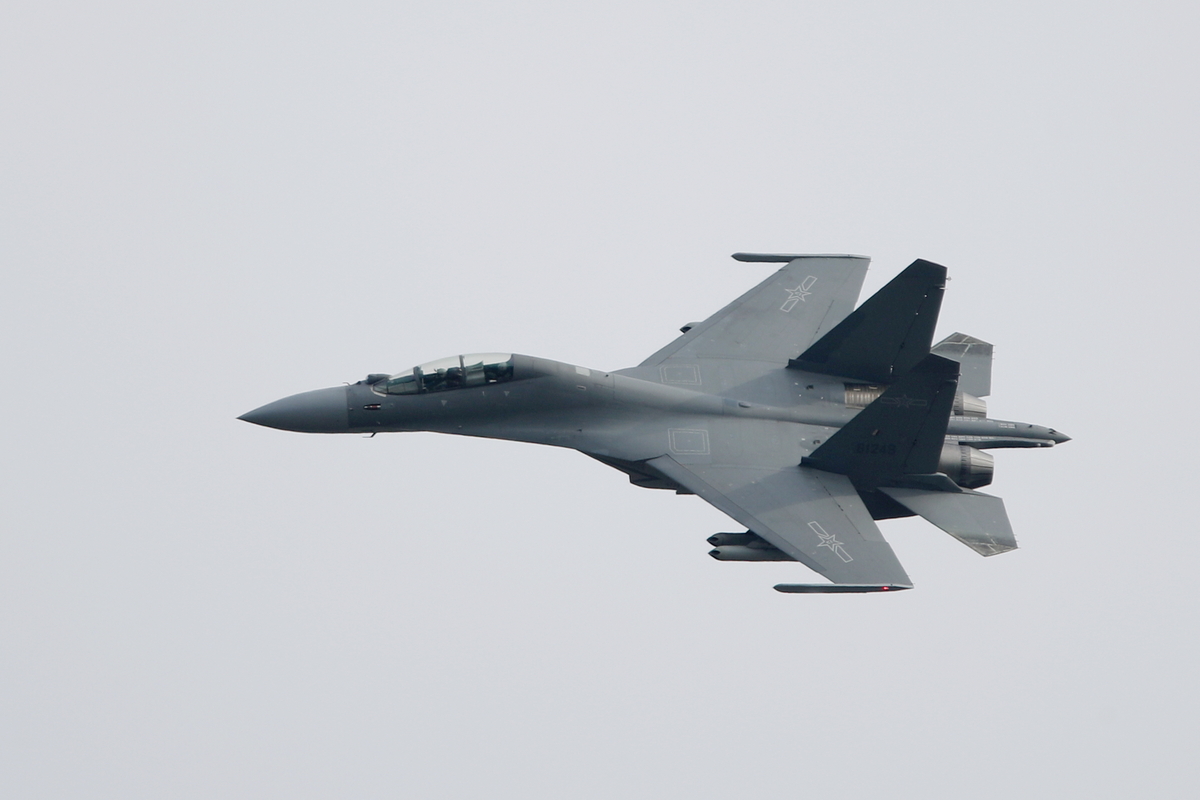By: Aaron Burstein
The Ministry of National Defense (MND) reported the tracking of 10 Chinese military aircraft and four naval vessels in the vicinity of Taiwan between 6 a.m. on Monday (Jan. 8) and 6 a.m. on Tuesday (Jan. 9).
Among these 10 People’s Liberation Army (PLA) aircraft, two Shenyang J-16 fighter jets were observed entering the southwest corner of Taiwan’s air defense identification zone (ADIZ), as confirmed by the MND. It’s worth noting that none of the PLA aircraft crossed the median line in the Taiwan Strait during this period.
In response to this situation, Taiwan took action by deploying its own aircraft, naval vessels, and air defense missile systems to closely monitor the activities of the PLA.
Furthermore, the MND also recorded the presence of four Chinese balloons on Monday, with sightings at 11:53 a.m., 1:58 p.m., 7:36 p.m., and 8:24 p.m. These balloons were observed crossing the median line at locations 217 km (117 NM) west of Keelung, 287 km (155 NM) northwest of Pingtung, 315 km (170 NM) southwest of Keelung, and 319 km (172 NM) southwest of Keelung, respectively. Subsequently, these balloons continued eastward and disappeared sequentially at 1:07 p.m., 4:00 p.m., 10:24 p.m., and 9:43 p.m. on the same day.
During the current month, Beijing has dispatched a total of 67 Chinese military aircraft and 36 naval vessels in the vicinity of Taiwan. This pattern of increased military presence around Taiwan has been ongoing since September 2020, indicating China’s growing utilization of gray zone tactics.

Gray zone tactics encompass a strategy characterized by “a set of actions or strategies that go beyond conventional deterrence and assurance measures, aiming to attain one’s security objectives without resorting to overt and significant military force.”
